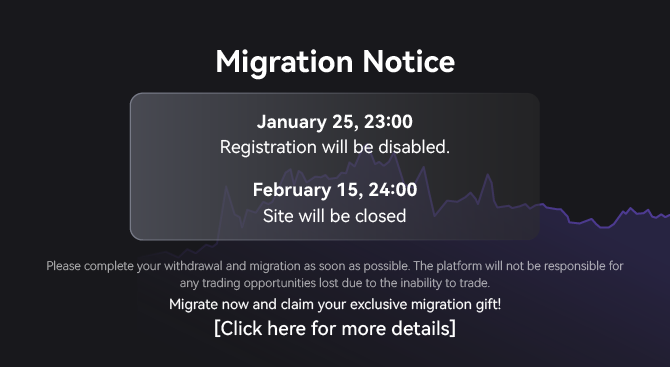Pi Network Cryptocurrency: Latest Updates on Pi Network Price and Developments
2025-02-13 08:23:50
Pi Network’s Open Mainnet Launch Sparks Exchange Frenzy and Market Controversy
The Ticking Clock: Pi Network’s Long-Awaited Open Mainnet Goes Live
After six years of anticipation, Pi Network—the mobile-mining cryptocurrency project—officially announced its transition to an Open Mainnet on February 20, 2025, at 8:00 AM UTC (4:00 PM Beijing Time). This milestone, hailed as a breakthrough for decentralized ecosystems, has triggered a whirlwind of exchange listings, regulatory scrutiny, and heated debates over Pi Coin’s legitimacy.
From Mobile Mining to Mainnet: Pi Network’s Journey
Founded in 2019, Pi Network pioneered “phone mining,” allowing users to earn Pi tokens through daily app interactions. With 35 million registered users and a grassroots community spanning 160 countries, the project’s promise of inclusivity fueled its growth. However, skepticism lingered due to its closed mainnet phase (launched in December 2021), which restricted external transactions until KYC compliance and technical readiness were achieved.
Key Milestones:
KYC Surge: Over 19 million users completed identity verification, surpassing the initial 15 million target.
Mainnet Migration: 10.14 million pioneers migrated to the mainnet, enabling peer-to-peer transactions during events like PiFest 2024, which saw 950,000 participants trading goods and services using Pi.
Regulatory Prep: The core team finalized legal frameworks and KYB (Know Your Business) protocols for enterprises joining the ecosystem.
Exchange Wars: Listings Divide the Market
The Open Mainnet announcement ignited a race among crypto exchanges to list Pi Coin. OKX, Pionex, and MEXC confirmed plans to launch Pi trading pairs on February 20, aligning with the mainnet launch. Bitget also joined the fray, citing Pi’s “real-world utility” and community-driven model.
However, Bybit CEO Ben Zhou openly criticized the move, stating: “We won’t list Pi. The risks—especially for inexperienced users—are too high.” His remarks reflect broader concerns about Pi’s unproven market value and potential regulatory pitfalls.
The Compliance Dilemma:
Pi Network has repeatedly warned against unauthorized listings since 2022, emphasizing that pre-mainnet Pi tokens are non-transferable. Yet, the project’s shift to an open network now allows external connectivity, technically enabling exchanges to integrate Pi—a gray area regulators are closely monitoring.
Market Reactions: Speculation vs. Skepticism
Despite no official price data (Pi remains untraded on major platforms), analysts speculate a post-listing surge. CCN reports that early adopters—many from Asia’s elderly demographic—are optimistic, with social media buzzing about Pi’s potential to rival “meme coins” like Shiba Inu.
Voices from the Community:
Pi Advocate @CryptoGrandma: “I’ve mined Pi daily since 2020. This launch validates our patience.”
Skeptic @BlockchainSleuth: “No whitepaper, no liquidity—this smells like a pump-and-dump waiting to happen.”
Legal Warnings and Future Risks
Regulatory bodies have flagged Pi Network’s compliance gaps. BeInCrypto notes unresolved issues around tax reporting and anti-money laundering (AML) measures, particularly for KYB-verified businesses. Meanwhile, Pi’s core team urges users to avoid “unofficial exchanges,” reiterating that only KYC-approved Pi holders can transact post-launch.
What’s Next for Pi?
The Open Mainnet’s success hinges on two factors:
Ecosystem Growth: Over 100 mainnet-ready apps must prove Pi’s utility beyond speculation.
Regulatory Clarity: How jurisdictions classify Pi—as a security, commodity, or currency—will shape its adoption.
Join the Discussion
Will Pi Coin disrupt the crypto landscape, or fade into obscurity? Share your thoughts on our X.
Disclaimer: The information provided in this section is for reference only and does not represent any investment advice or the official views of FameEX.











